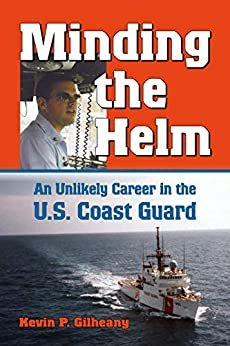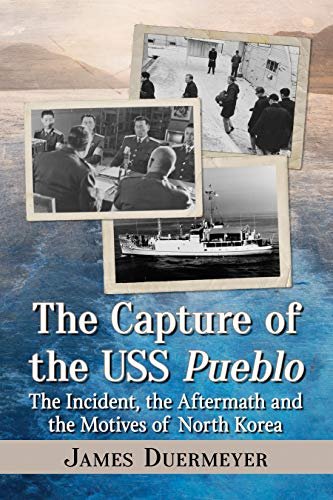-
Posts
97 -
Joined
-
Last visited
Content Type
Profiles
Forums
Gallery
Events
Everything posted by prmitch
-

1:12 scale landing craft [plans]
prmitch replied to tom q vaxy's topic in RC Kits & Scratch building
Here is another useful book (Amazon Kindle only): https://www.amazon.com/Higgins-Boat-Historical-Illustrated-Scratch-ebook/dp/B074JL9WG7/ref=sr_1_13?crid=5XLHFVI216KV&dib=eyJ2IjoiMSJ9.x7viktjR4zUdSxeBCv4XPzvJO0REk7TFeOulMuAhFyX0exeTThuU1b-oO0lZ3QZgfThZHXyZgAuLiAjJdVgsM0NurOXYqpv8M1vXqxX-cC71ZSOEm0i1xQ7Qqylt3zK-f0m7iedEigwKwPLbookUvFD4IKJ9Z-46mWS339dl9gG4lAldNQnJFNmZNrgnYwGFT64yt94pIE__ud7eJjwiJ9mdc3BYcl8v2qbGeYprXoI.Cxc2GZpuWpj4bIC7hsMfWyYmCKx5LqyXRRxFwQM7RYk&dib_tag=se&keywords=higgins+boat+book&qid=1735511819&sprefix=higgins+boat+book%2Caps%2C142&sr=8-13 -

1:12 scale landing craft [plans]
prmitch replied to tom q vaxy's topic in RC Kits & Scratch building
Thomas, Thanks, Phil, for the reminder on reply #8. A fair amount of good information, but no lines drawings for LCP(R). The R variant is essentially a LCP(L) with a modified bow beginning just forward of where the chine meets the LWL, so the info contained in replies #10 and #16 should get you most of the way there (see Friedman's US Amphibious Ships and Craft, pgs 85, 86 & 89). I have a few other links that contain useful info on the LCP(L), LCP(R) and LCVP landing craft, as follows: LCVP construction manual: https://digitalcollections.library.gvsu.edu/files/original/4ce41de0dd911ce706e74ef67ec73333.pdf WWII Chris Craft: https://usautoindustryworldwartwo.com/chris-craft.htm WWII Higgins Industries: https://usautoindustryworldwartwo.com/higginsindustries.htm WWII Owens Yacht Co.: https://usautoindustryworldwartwo.com/owensyacht.htm WWII Matthews Co: https://usautoindustryworldwartwo.com/matthews.htm Revell makes a 1:35 scale kit of a LCP(R) which can be found online at some hobby vendors and eBay. I have one in my storage locker somewhere, but not sure when I'll be able to dig it out. -

1:12 scale landing craft [plans]
prmitch replied to tom q vaxy's topic in RC Kits & Scratch building
Paul Fontenoy published a two-part article about restoring an LCVP in volume 54 of the Guild's Nautical Research Journal. The article includes many informative drawings (including lines and offsets) and photos. Restoring a Landing Craft, Vehicle and Personnel, Part 1, 1/21 Restoring a Landing Craft, Vehicle and Personnel, Part 2, 2/97 -

1:12 scale landing craft [plans]
prmitch replied to tom q vaxy's topic in RC Kits & Scratch building
-

1:12 scale landing craft [plans]
prmitch replied to tom q vaxy's topic in RC Kits & Scratch building
-

1:12 scale landing craft [plans]
prmitch replied to tom q vaxy's topic in RC Kits & Scratch building
Many thanks to Al Ross for posting the LCS(S) plans. Quite a while back I located some LCP(L) plans on offer on eBay, but the seller wanted a stupid high price so I didn't buy them. However, I did download the images that the seller had included in the listing. The plans are not complete, but should be sufficient when augmented by Al Ross's plans. I'm making two posts, one for each sheet of plans. The first sheet includes most of the lines and drawing and the table of offsets. -
Please note that this book's publisher, Maryland Silver Company, is no longer in business due to the death of its owner. It is now available from Taubman's Plan Service (http://www.taubmansonline.com/) for $110.
- 2 replies
-
- book review
- apd
-
(and 4 more)
Tagged with:
-
Complete Boat Building Lines Plan & Art of Lofting 6 DVD set by master boat builder Arno Day. One two-disc DVD-ROM explains the line plans and the other five contain over 10 hours of how to loft. The Lines Plan DVD is like new and the remainder are new in factory sealed cases. $70 including Priority Mail shipping within the lower 48 states. Message me if interested.
-
We are downsizing our living quarters and I must thin out my collections. I'm only charging shipping cost for the following ten issues of The Mariner's Mirror: Vol 91/2 : 2006 - Trafalgar Bicentennial Special Issue Vol 93/1-4 : 2007 Vol 94/1-4 : 2008 Vol 93/2 : 2009 $8 for Media Mail or $15 for Priority Mail within the lower 48 states. I prefer PayPal friends & family. Message me if interested. Thank you,
-
Vintage Lot of 4 Dietzgen #2192 Spline Weights. 3-1/2 pound lead spline weights for drafting. Especially useful for ship hull lines, model railroad curves, etc. Painted black with green felt bottoms. I purchased these used approximately 40 years ago. Lightly used and in good condition for their age. Selling as a set. $130 for the lot, including priority mail shipment within the lower 48. Payment via PayPal friends and family.
-
The practicum is available on CD or USB drive from the NRG for 39.95 + shipping (about $5). If I had it, I would included it with the kit. https://thenrgstore.org/products/lexington-practicum?_pos=1&_sid=5abcadbd9&_ss=r Also, search for Lexington practicum on the forum for more information. Or click this link: https://modelshipworld.com/search/?&q= lexington practicum&search_and_or=and&sortby=relevancy According to Kurt Van Dahm, "Clay's articles appeared in eight articles (as a practicum) in Seaways' Ships in Scale magazine during all of 2005 and early 2006 and in the"Nautical Research Journal" article -Summer, 2004; Vol 49, #2." If you have the Seaways and NRJ back issue archives then it looks like you have most, if not all, of the information.
-
We are downsizing and I need to clear out some space. I have an extensive collection of ship research and modeling journals and magazines that I'd prefer to give to someone who will use them rather than dump them at the recycler's. Nautical Research Journal: A nearly complete set of volumes 45-60, missing the following issues: 45/3&4, 46/1&2, 48/1, 50/4, and 58/3. Seaways' Ships in Scale: A nearly complete set of volumes 45-60, missing the following issues: VIII-XXVIII, missing the following issues: VIII/1-3, XXVI/4-5, XXVII/1-2 & 4-6 and XXVIII/1&6. Three of the issues have been disbound (but no pages are missing) for scanning as part of the NRJ/Seaways digitalization project. Also includes Seaways III/4. Maritime Life and Traditions: I have two sets: Nos. 4-23, 26, 28-34 Nos. 15-18, 30, 31 and 34. I am giving away complete sets, NOT individual issues. Please let me know which set (or sets) you want and your zip so I can calculate shipping rates. I will take PayPal (preferred) or check.
-
dLumberyard's 3/16" (1:64) scale plank-on-bulkhead semi-kit for Clay Feldman's Continental Navy brig Lexington practicum. The kit includes a set of bulkheads and center profile and a complete package of milled Swiss Pearwood, Boxwood and Ebony to complete the hull. $75 plus shipping NOTE: This is the wooden parts semi-kit ONLY and does not include plans or the practicum. The practicum is available on CD or USB drive from the NRG for 39.95 + shipping (about $5). https://thenrgstore.org/products/lexington-practicum?_pos=1&_sid=5abcadbd9&_ss=r Also, search for Lexington practicum on the forum for more information. Or click this link: https://modelshipworld.com/search/?&q= lexington practicum&search_and_or=and&sortby=relevancy
-
Revised Search Files for the Nautical Research Journal (NRJ) Volumes 1-40 Searchable Index: I have revised and attached two search files NRG_NDX.HTM and NRG_NAV for the NRJ Volumes 1-40 Searchable Index. This fix is for use on hard drive installations ONLY (it won't work for the CDs since you can't copy the file to the CD). NOTE: This fix is for the NRJ Volumes 1-40 Searchable Index ONLY - this fix should also run OK if you are running an older browser. Please perform the following steps, in order, to implement the fix: Close all open browsers. Navigate to the file folder on your hard drive containing the Nautical Research Journal (NRJ) digital archive collection. Copy the files new_NRG_NDX.HTM and new_NRG_NAV.HTM Rename the existing NRG_NAV.HTM file to something like NRG_NAV_orig.HTM so that you can restore it if necessary. Rename the existing NRG_NDX.HTM file to something like NRG_NDX_orig.HTM so that you can restore it if necessary. Rename the file new_NRG_NAV.HTM to NRG_NAV.HTM. Rename the file new_NRG_NDX.HTM to NRG_NDX.HTM. Open your browser and load the searchable index's NRG_NDX.HTM page. Enter you search term(s) and click the "Find" button (or hit return). The search results will open in a new browser tab. If it doesn't work the first time, try refreshing the page. Sometimes the old version of the page is held in the browser's cache - refreshing the page will clear the cache. Please let me know how this works for you. new_NRG_NDX.HTM new_NRG_NAV.HTM
-
Revised Search Files for the Original Ships in Scale (OSIS) Digital Archive Set: I have revised and attached the search file NAV.HTM for the Original Ships in Scale (OSIS) digital archive collection for use on hard drive installations ONLY (it won't work for the CDs since you can't copy the file to the CD). NOTE: This fix is for the Original Ships in Scale (OSIS) digital archive collection ONLY - this fix should also run OK if you are running an older browser. Please perform the following steps, in order, to implement the fix: Close all open browsers. Navigate to the file folder on your hard drive containing the Original Ships in Scale (OSIS) digital archive collection. Copy the attached OSIS_NAV.HTM file into the folder. Rename the existing NAV.HTM file to something like NAV_orig.HTM so that you can restore it if necessary. Rename the new OSIS_NAV.HTM file to NAV.HTM. Open your browser and load the collection's HOME.HTM or index.htm page (it doesn't matter which one, they are the same thing). Click on the "Find Article" link to open the search page. Enter you search term(s) and click the "Find" button (or hit return). The search results will open in a new browser tab. If it doesn't work the first time, try refreshing the page. Sometimes the old version of the page is held in the browser's cache - refreshing the page will clear the cache. Please let me know how this works for you. OSIS_NAV.HTM
-
Revised Search Files for the Model ShipBuilder (MSB) Digital Archive Set: I have revised and attached the search file NAV.HTM for the Model ShipBuilder (MSB) digital archive collection for use on hard drive installations ONLY (it won't work for the CDs since you can't copy the file to the CD). NOTE: This fix is for the Model ShipBuilder (MSB) digital archive collection ONLY - this fix should also run OK if you are running an older browser. Please perform the following steps, in order, to implement the fix: Close all open browsers. Navigate to the file folder on your hard drive containing the Model ShipBuilder(MSB) digital archive collection. Copy the attached MSB_NAV.HTM file into the folder. Rename the existing NAV.HTM file to something like NAV_orig.HTM so that you can restore it if necessary. Rename the new MSB_NAV.HTM file to NAV.HTM. Open your browser and load the collection's HOME.HTM or index.htm page (it doesn't matter which one, they are the same thing). Click on the "Find Article" link to open the search page. Enter you search term(s) and click the "Find" button (or hit return). The search results will open in a new browser tab. If it doesn't work the first time, try refreshing the page. Sometimes the old version of the page is held in the browser's cache - refreshing the page will clear the cache. Please let me know how this works for you. MSB_NAV.HTM
-
Revised Search Files for Seaways and NRJ Digital Archive Sets: I have completed the index search code revisions for the remaining digital archive sets - Model ShipBuilder (MSB), Original Ships in Scale (OSIS) and the Nautical Research Journal Volumes 1-40 searchable index (NRJCD) - to permit the article/index search feature to function properly with the current browser versions. Please note that these revised files are for use on hard drive installations ONLY (they won't work for the CDs since you can't copy the file to the CD). I have successfully tested the fix on both a Windows PC and a Mac using the latest versions of the following browsers: Chrome 84.0.4147.105 (Win 10 & Mac OS-X Catalina) Firefox 79.0 (Win 10 & Mac OS-X Catalina) Opera 70.0 (Win 10) & 70.0.3728.71 (Mac OS-X Catalina) Microsoft Edge 84.0.522.50 (Win 10 & Mac OS-X Catalina) Safari 13.1.2(13609.3.1.5) (Mac OS-X Catalina) Each digital archive set requires it's own dedicated NAV.HTM file as each code is unique to suit differences in their archive's index file structure. I will post a separate reply for each set with set-specific instructions within the hour. I am working with Kurt Van Dahm to roll out these revisions on a wider basis. Thank you,
-
Michael, The fix was for the "Seaways' Ships in Scale (SSiS)" vol 1 and vol 2 only. I'll work on the "Original Ships in Scale (OSiS)" and "Model ShipBuilder (MSB)"sets tomorrow or Monday. The code needs to be modified somewhat as the index file structures are different from that of the "Seaways' Ships in Scale (SSiS)" vol 1 and vol 2 collection. I'm glad the "Seaways' Ships in Scale (SSiS)" vol 1 and vol 2 fix worked for you. I should have a fix for the NRJ Vol 1-40 searchable index later in the week.
-
All, The newer browsers handle JavaScript a bit differently than the older versions which required me to make some minor revisions to the code. I have revised and attached the search file NAV.HTM for the Seaways Ships in Scale Volumes 1-10 collection for use on hard drive installations ONLY (it won't work for the CDs since you can't copy the file to the CD). I have successfully tested the fix on both a Windows PC and a Mac using the latest versions of the following browsers: Chrome 84.0.4147.105 (Win 10 & Mac OS-X Catalina) Firefox 79.0 (Win 10 & Mac OS-X Catalina) Opera 70.0 (Win 10) & 70.0.3728.71 (Mac OS-X Catalina) Microsoft Edge 84.0.522.50 (Win 10 & Mac OS-X Catalina) Safari 13.1.2(13609.3.1.5) (Mac OS-X Catalina) This fix is for the Seaways Ships in Scale Volumes 1-10 collection ONLY - the Volumes 11-20 search should work OK as is. If the current search function is presently working OK for you then this fix is optional - this fix should also run OK if you are running an older browser. Please perform the following steps in order to implement the fix: Close all open browsers. Navigate to the file folder on your hard drive containing the Seaways Ships in Scale Volumes 1-10 collection. Rename the existing NAV.HTM file to something like NAV_orig.HTM so that you can restore it if necessary. Copy the attached NAV.HTM file into the folder. Open your browser and load the collections HOME.HTM or index.htm page (it doesn't matter, they are the same thing). Click on the "Find Article" link to open the search page. Enter you search term(s) and click the "Find" button (or hit return). The search results will open in a new browser tab. If it doesn't work the first time, try refreshing the page. Sometimes the old version of the page is held in the browser's cache - refreshing the page will clear the cache. Please let me know how this works for you. I will work with Kurt to roll out the change on a wider basis. Thank you, NAV.HTM
-
Ahoy, Paul Mitchell here. I'm the developer of the NRG and Seaways CD sets/digital archives. I am looking into the issue which appears to be related to how more modern browsers handle javascript. I will post a fix as soon as I develop one. BTW I have found similar issues on Mac OS-X also. In the interim for the Seaways archives, you can open the CUMINDX.JS file using a text editor such as notepad and search for your search term within this file. The following is a typical entry: "THE MARBLEHEAD SCHOONER- SIR EDWARD HAWKE|ALLER, R. C.|SCHOONER, HAWKE|SIR EDWARD HAWKE|MODEL CONSTRUCTION|ARMED SCHOONER|SOLID HULL|I|1|JAN FEB 1990|52-56|VOL_01/NO_1/PAGE_52.HTM", The portion of the entry highlighted in blue represent the Volume #, Issue #, Months & Year, and page(s). The portion of the entry highlighted in orange represent the the subdirectories and file name of the article. IMPORTANT: Do not make any changes to the CUMINDX.JS file! Thank you for your patience,
-
Early U.S. Navy Carrier Raids, February-April 1942: Five Operations that Tested a New Dimension of American Air Power By David Lee Russell Jefferson, North Carolina: McFarland, 2019 7” x 10”, softcover, vii + 197 pages Illustrations, maps, appendices, notes, bibliography, index. $39.95 ISBN: 9781476638614 From February through April in 1942, the United States Navy launched a series of aircraft carrier raids against the Empire of Japan. Although the raids were pinpricks, with little material impact, they proved critically important. Early U.S. Navy Carrier Raids February–April 1942: Five Operations That Tested a New Dimension of American Air Power, by David Lee Russell, shows exactly how important the five raids were. The February carrier raids on the Marshall and Gilbert Islands, Rabaul, and Wake and the Marcus Islands, a March raid on Lae and Salamaua in New Guinea, and the April Doolittle Raid on Japan were the first offensive operations in the Pacific by the United States Navy following Japan’s attacks in December 1941. The author devotes a chapter to each raid, with an opening chapter introducing the situation, and a final chapter placing the results of the raids in the context of the overall war and their significance to its outcome. Each raid gets a detailed examination. Russell presents the planning, execution and outcome of each set of raids. He documents each American attack and each Japanese counterattack occurring during the raid. These are accompanied by a generous assortment of maps and illustrations, helping readers better understand the action in each raid. Russell makes comprehensive use of primary sources, such as operations orders, after-action reports and wartime analyses. These are extensively quoted in each chapter, adding immediacy to his descriptions. He backs this up with post-war analyses. The book covers some of the most dramatic episodes of World War II. The clearest example is that of the Doolittle Raid. Other incidents include “Butch” O’Hare single-handedly breaking up an attack on Lexington. He earned “ace-in-a-day” status, credited with shooting down five G4M bombers in a few minutes’ fighting. It also offers a look at men who played starring roles in the Pacific War, from admirals like William Halsey to pilots, like Wade McCluskey and John Thatch, who played critical roles at Coral Sea and Midway. This book is of primary interest to naval historians. Those focused on maritime history or pre-twentieth century naval history will probably give it a pass. Similarly, while interesting to read, ship modelers will find little of interest. For those interested in World War II United States carrier operations, it is a must read, if not a must have. Those interested in World War II naval operations, especially those whose focus is the Pacific theater will find it useful. It is also useful for wargamers gaming carrier air combat. The appendices have full orders of battles for the American task groups committed to each raid. However, it is weaker in providing Japanese orders of battles. Readers learn what the American actually encountered, but not what the Japanese potentially had. Early U.S. Navy Carrier Raids February–April 1942 offers a well-written account of a series of operations that, while minor, were significant. All (except for the Doolittle Raid) are largely forgotten today. Russell offers readers a fresh look at them in this book. Mark Lardas League City, Texas This review is provided courtesy of the Nautical Research Guild.
-
Minding the Helm: An Unlikely Career in the U.S. Coast Guard By Kevin P. Gilheany Denton: University of North Texas Press, 2019 6-1/4” x 9-1/4”, hardcover, viii + 269 pages Photographs, notes, bibliography, index. $24.95 ISBN: 9781574417500 The perils of traveling the world’s waters demands only brave souls serve aboard a seagoing vessel, and requires the most valiant souls to save them when they are distressed. The United States Coast Guard, formed from a merger of the United States Life-Saving Service and the Revenue Cutter Service in 1915, has a rich tradition in endangering their own lives in order to save those in need throughout American waters. Many have sought to join the ranks of these brave individuals including Kevin P. Gilheany, who dreamt of enlisting in the Coast Guard as a young boy in Manhattan. In Minding the Helm: An Unlikely Career in the U.S. Coast Guard, Retired Chief Warrant Officer Gilheany candidly describes his time and adventures in the United States Coast Guard. Through his service, Officer Gilheany accomplished his youthful aspiration of going to sea, along with experiences only obtained through military service. After progressing through boot camp, he received his first orders to report aboard the cutter Bear, after a brief spell aboard Gallatin in New York. From there, Quartermaster Gilheany served onboard the Coast Guard’s sail training vessel Eagle, in New Orleans as quartermaster of the buoy tender Wedge, and as an operation controller at Long Island’s Moriches Station before finally returning to New Orleans. He provides tremendous insight into the day-to-day activities enlisted men in the Coast Guard experience, as well as the characters and friendships encountered along the way. Additionally, the author includes snippets of Coast Guard history to supplement his narrative. All reveal the honor Gilheany attaches to his service in the Coast Guard. While he recounts his professional and personal development, Officer Gilheany offers his own perception into the many major events that occurred during his service. Serving from the 1980s to the early 2000s, he witnessed the Challenger explosion, as well as the 9/11 attacks either firsthand or through exercises in their aftermath. For instance, the reader experiences the surreal sensation of watching the World Trade Center, a building he had viewed on the New York skyline since his childhood, fall. Instances like these deepen the audience’s understanding of his dedication towards his country through his Coast Guard service. In his eyes, he had been blessed with the ability to serve and strode to make a difference in the wake of each of these tragedies. Perhaps the most entertaining part of Gilheany’s memoir are his recollections of his fellow crewmembers. Often, he fondly remembers the friendships he cultivated throughout his service; he also recalls the individuals and characters who irritated him beyond comprehension. The New York native frequently had to suppress his natural urge to speak against the sloth and unprofessional behavior displayed by his colleagues throughout his assignments, but he never let it prevent him from performing his duties. That attitude helped the young misfit from New York enjoy such a lengthy and successful military career. Kevin P. Gilheany’s, Minding the Helm: An Unlikely Career in the U.S. Coast Guard, showcases his exemplary two and a half decade military career. Joining the Coast Guard helped him develop personally and allowed him to accomplish his childhood dreams. His book brilliantly captures his perspective on his service and his character, molded through constant adversity. Historians and enthusiastic readers alike will appreciate Retired Chief Warrant Officer Gilheany’s rendition of his career serving in the United States Coast Guard. Will Nasiff East Carolina University This review is provided courtesy of the Nautical Research Guild.
-
The Man Who Discovered Antarctica: Edward Bransfield Explained By Sheila Bransfield Barnsley: Frontline Books, 2019 6-1/4” x 9-1/4”, hardcover, xviii + 318 pages Photographs, notes, bibliography, index. $49.95 ISBN: 9781526752635 A young Irish sailor pressed into the Royal Navy at the outset of the Napoleonic Wars might not be an expected candidate for achieving exploratory milestones in the service. This is, however, exactly the story that Sheila Bransfield seeks to bring to life in The Man Who Discovered Antarctica, a work which tracks this young man—Edward Bransfield—from the turn of the century Ireland across the seas of the globe, from ship to ship, and into their furthest southern reaches. This book belongs to a genre which seeks to restore to the collective memory someone who has dropped out of it, and Bransfield the author is uniquely qualified to do so—she has not just written about him but has also aided in other efforts to restore knowledge of his life, as in her efforts at preserving his grave. The book is bursting with information about the world through which Bransfield the subject moved, making it not just the narrative of an individual but of a life in and through time. This also makes it an interesting read for people with all levels of understanding around nineteenth-century maritime history, as the narrative is not confined just to him and does not assume vast knowledge on the part of the reader. The abovementioned strengths of the book—following the trail of an important but also ordinary man through the upheavals of the first half of the nineteenth century—can at times also be its weakness. This is especially apparent in the first few chapters, which write on Bransfield’s early years in the Navy. Bransfield himself disappears from the text at times, subsumed under the actions of captains and commanders. A reading of this period his life as it might have been experienced by Bransfield himself, from the lower deck, might tie the context and the individual more closely. Sometimes contextual information may feel disjointed, as when a single paragraph about the abolition of the slave trade appears in the midst of describing HMS Royal Sovereign’s patrol of Cadiz, and might have been better suited for a note. Where The Man who Discovered Antarctica truly picks up strength is around chapter 9 or 10, as Edward Bransfield begins to rise through the ranks of the navy and his life and the contextual information become more securely intertwined. Chapter 19, which covers Bransfield’s journey to the Antarctic aboard the two-masted brig Williams, is particularly rich. On the whole the book is a fast-paced and far-ranging narrative, expansive as the environment and person who together create the narrative. Bransfield the author’s absorption in her source material is apparent in more than just the information presented; at times the text takes on the cadence of a logbook, making the rhythm of seafaring life felt and not just learned through the course of the book. Beginning with impressment and closing with his return to England following his Antarctic expedition, Edward Bransfield’s naval career is a fascinating story, and Sheila Bransfield’s book is the definitive treatment of his life. Brooke Grasberger Brown University This review is provided courtesy of the Nautical Research Guild.
-
The Capture of the USS Pueblo: The Incident, the Aftermath and the Motives of North Korea By James Duermeyer Jefferson, North Carolina: McFarland, 2019 6” x 9”, softcover, x + 199 pages Photographs, notes, bibliography, index. $49.95 ISBN: 9781476675404 For me, as a 33-year intelligence officer. this book was fascinating in its detail and documentation, Commander Duermeyer did a great job of clearing the mist of intelligence and the military argot in the introduction and first chapter. He did an outstanding lay out of the interaction between the Navy and the National Security Agency (NSA). which greatly helped in understanding how and why the capture was carried off without support from our military. Fallowing the groundwork explanation of the Intelligence issues, Duermeyer goes into a detailed discussion of leadership and risk assessment. He is very critical of both the Navy and NSA analysis of risk plus the failure of leadership. He is spot on with his comments and assessment from the President on down the chain of command. Despite numerous incursions and continued low intensity conflict perpetrated by North Korea (NOKO). the Navy and NSA continued to rely on the “12-mile” credo and assessed Pueblo’s risk at low. This was true throughout both chains of command. A true failure to face the reality of risk in order to maintain the Republic of Korea (ROK) forces then fighting with the United States in Viet Nam and not open a second front with Korea. Weltpolitik dominated the decision makers thinking. Duermeyer does an excellent job of analyzing the reactions of Pueblo’s crew and its captain, Commander Bucher. Also examined are the intelligence community, South Korea, and the Washington arena (White House situation room); all put into the historic context of the Johnson era and Viet Nam, then the reactions of Congress; all well documented. Congressional reaction was predictably hawkish on one side and cautious to the point of inaction on the other side; the result was no real leadership. In summary, President Johnson is rightfully marked as the top decision maker who failed Pueblo and its crew. Of course, Viet Nam was the ten-ton gorilla in the room throughout the eleven-month period of captivity. The most interesting and relevant chapter was on why NOKO captured Pueblo. It provides an insight into the issues involved with today’s negotiations with Kim Il-Un. His father, Kim Il-sung, instituted the harsh imposition of juche, a doctrine meaning North Korea must be regarded by the world powers as being equal or superior to them and that North and South Korea had to be reunited under the North’s dictatorship. This doctrine was and is imposed on the mind and souls of all NOKO citizens and those that did not or do not bent to the Greater Good of the country are tortured into submission or executed. Torture was used on the entire crew in the belief that they could be turned to the communist way. The more torture the more the crew turned to God and country; in the end Kim’s propaganda and mistreatment failed. Though NOKO thought they had humbled the United States and the Central Intelligence Agency, they failed. The doctrine of juche is still very much in the mind and actions of Kim Il-un and, therefore, all of the current negotiations need to take this into account. This book is one that I highly recommend to all scholars and political historians. Edward E. Quan Greenwood Village, Colorado This review is provided courtesy of the Nautical Research Guild.
About us
Modelshipworld - Advancing Ship Modeling through Research
SSL Secured
Your security is important for us so this Website is SSL-Secured
NRG Mailing Address
Nautical Research Guild
237 South Lincoln Street
Westmont IL, 60559-1917
Model Ship World ® and the MSW logo are Registered Trademarks, and belong to the Nautical Research Guild (United States Patent and Trademark Office: No. 6,929,264 & No. 6,929,274, registered Dec. 20, 2022)
Helpful Links
About the NRG
If you enjoy building ship models that are historically accurate as well as beautiful, then The Nautical Research Guild (NRG) is just right for you.
The Guild is a non-profit educational organization whose mission is to “Advance Ship Modeling Through Research”. We provide support to our members in their efforts to raise the quality of their model ships.
The Nautical Research Guild has published our world-renowned quarterly magazine, The Nautical Research Journal, since 1955. The pages of the Journal are full of articles by accomplished ship modelers who show you how they create those exquisite details on their models, and by maritime historians who show you the correct details to build. The Journal is available in both print and digital editions. Go to the NRG web site (www.thenrg.org) to download a complimentary digital copy of the Journal. The NRG also publishes plan sets, books and compilations of back issues of the Journal and the former Ships in Scale and Model Ship Builder magazines.

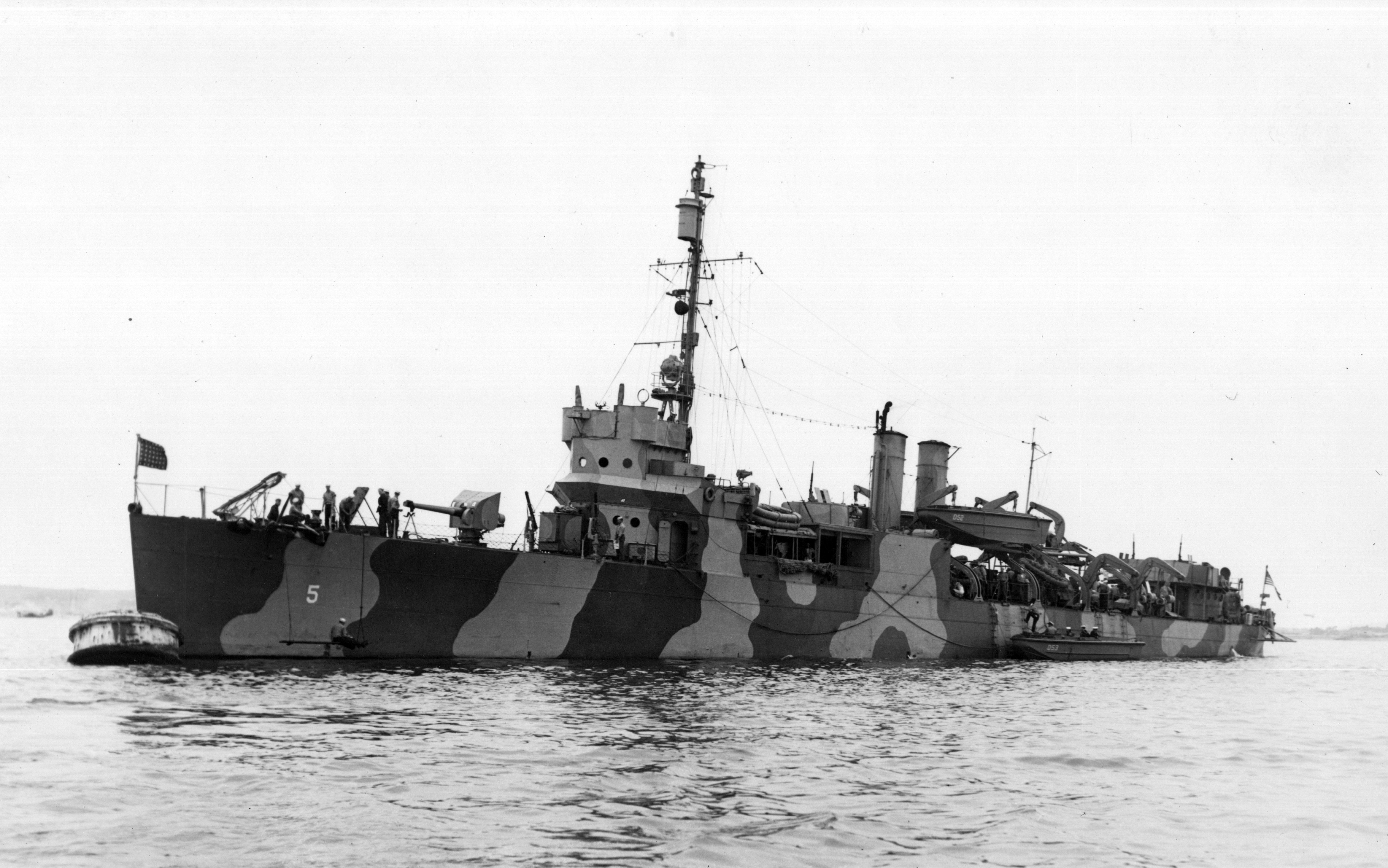
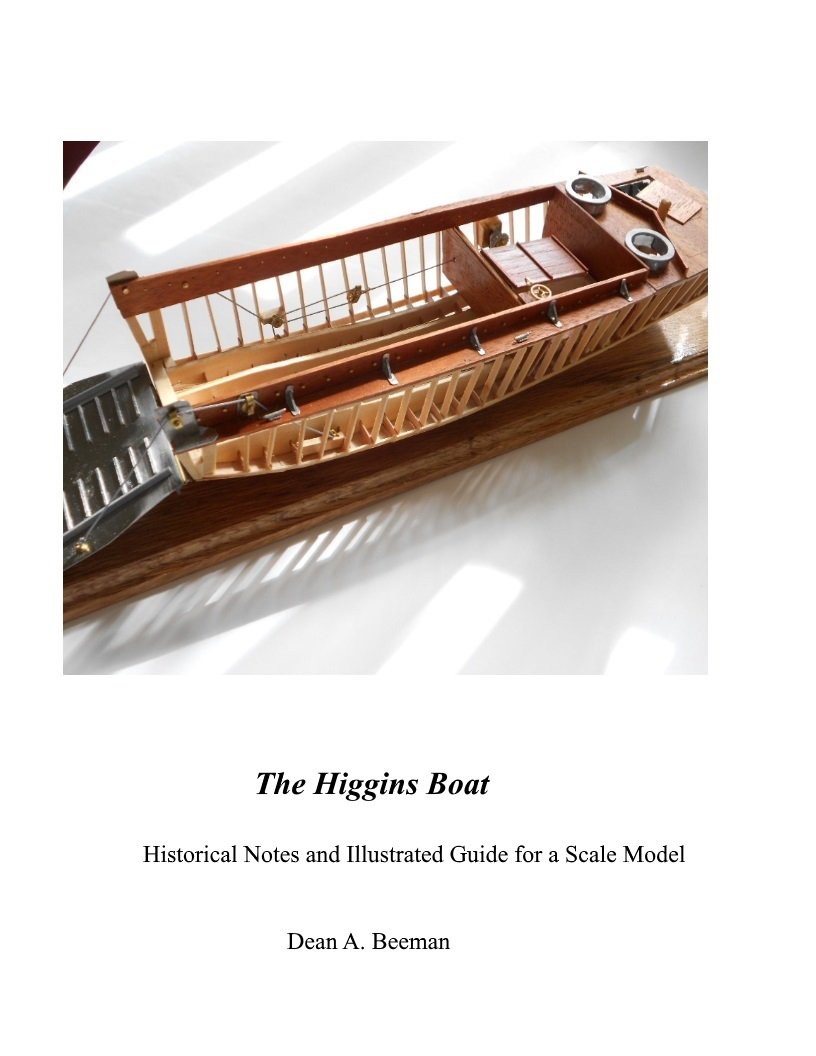


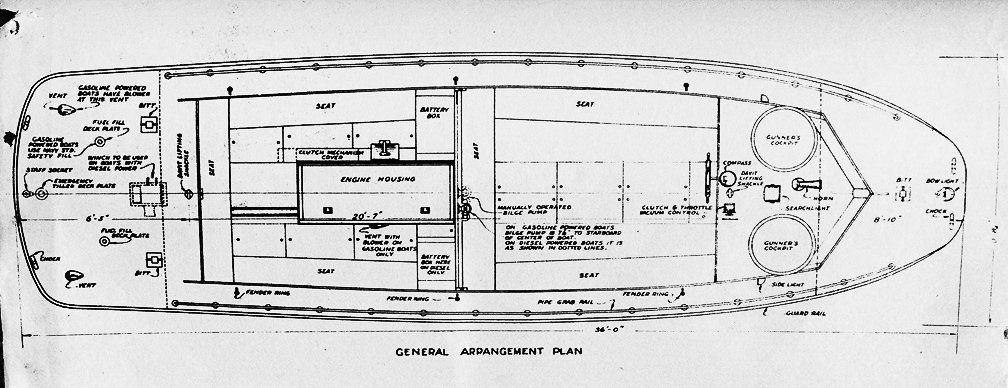
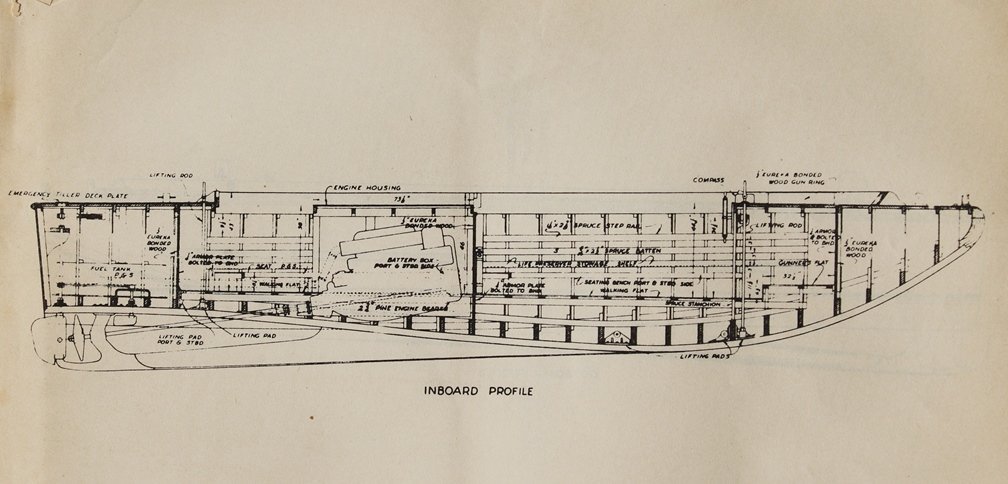
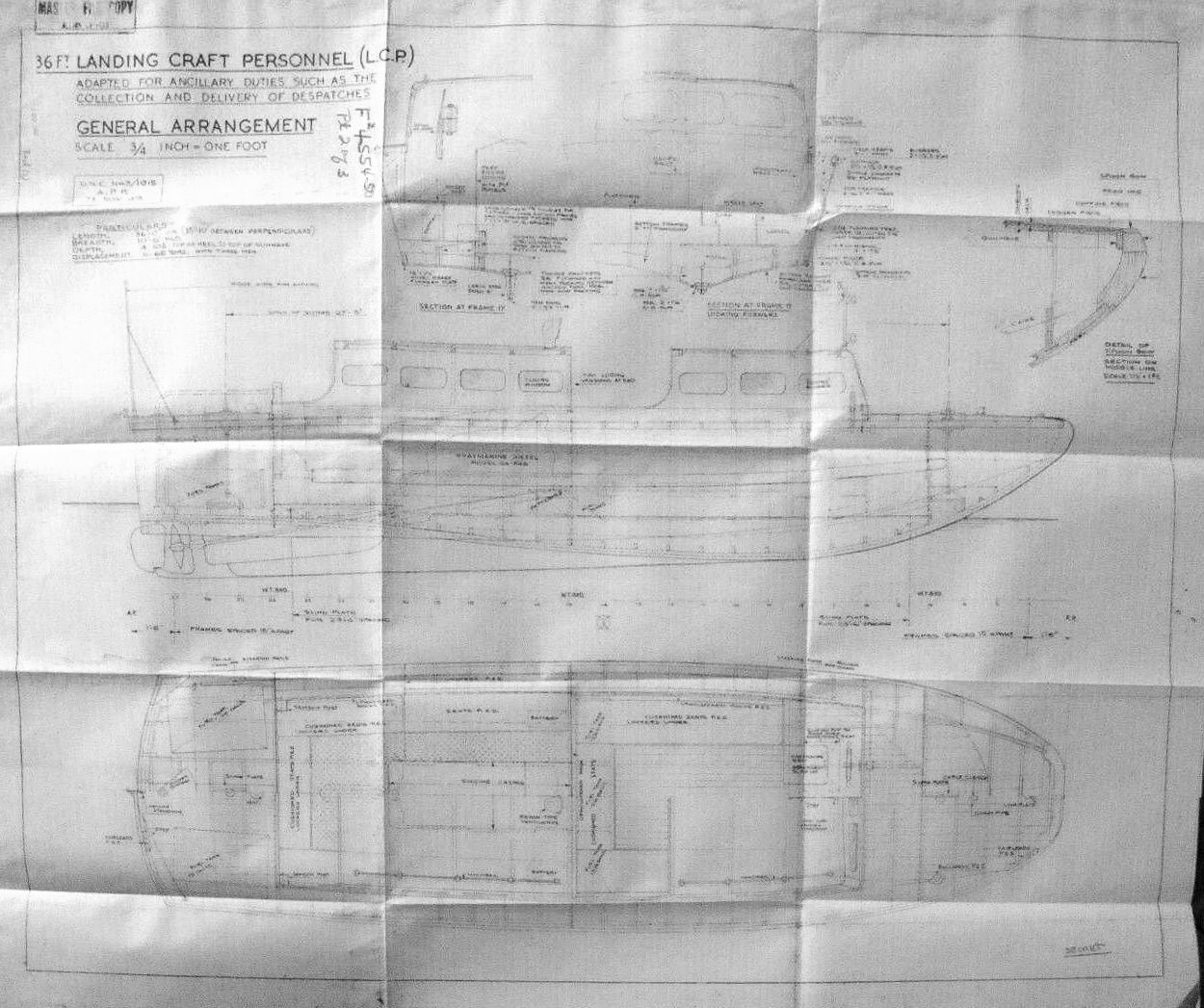
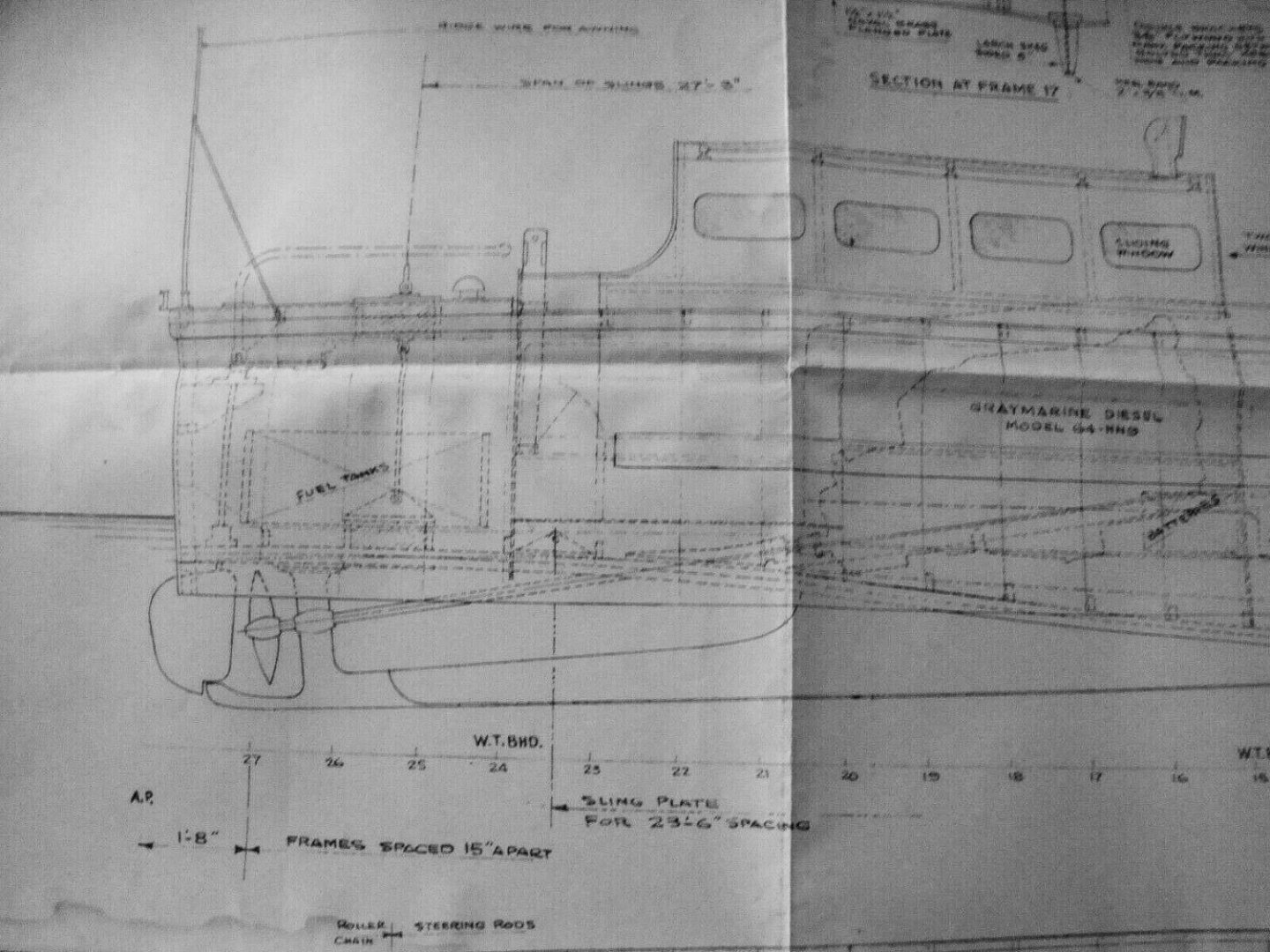
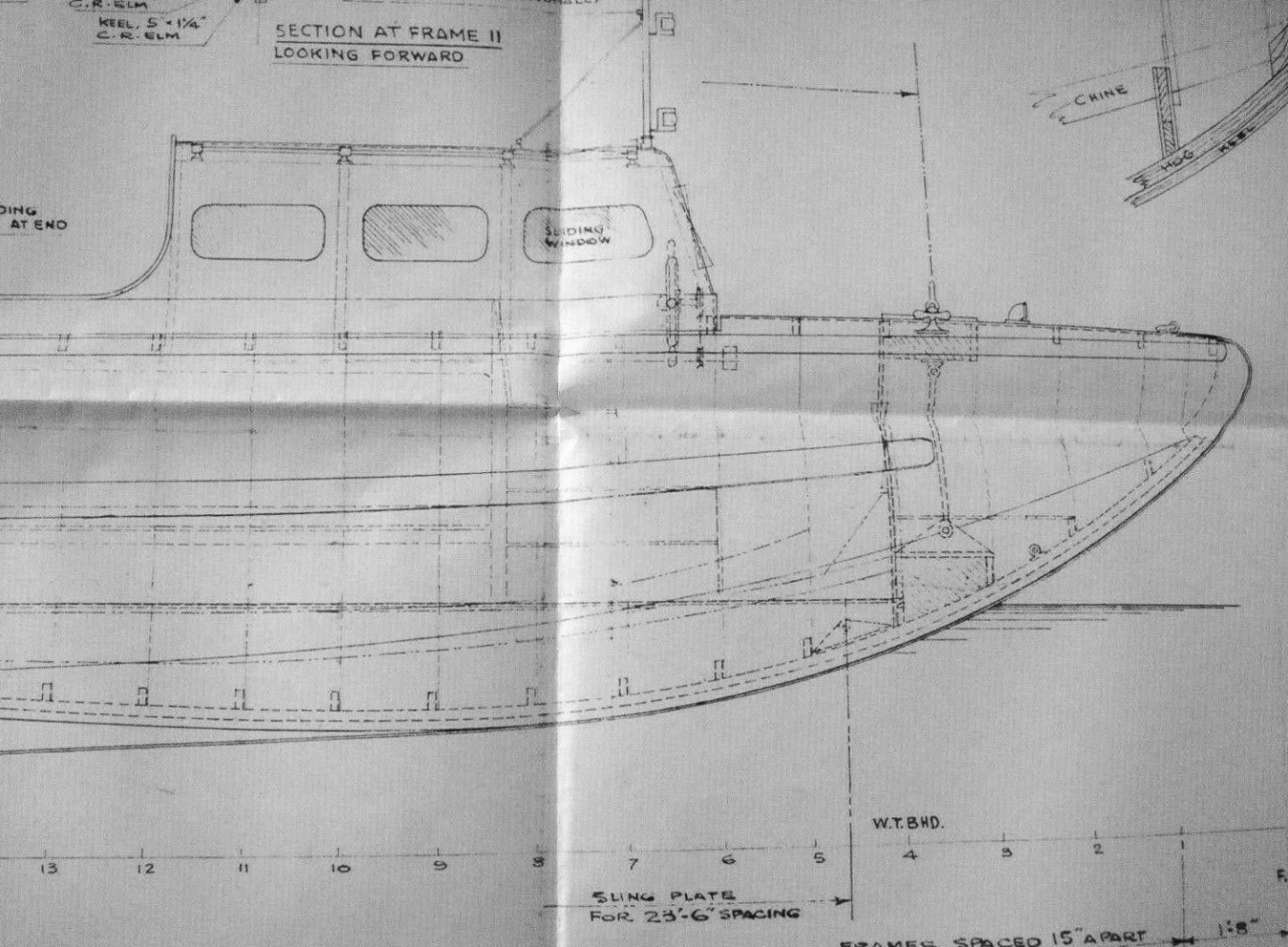
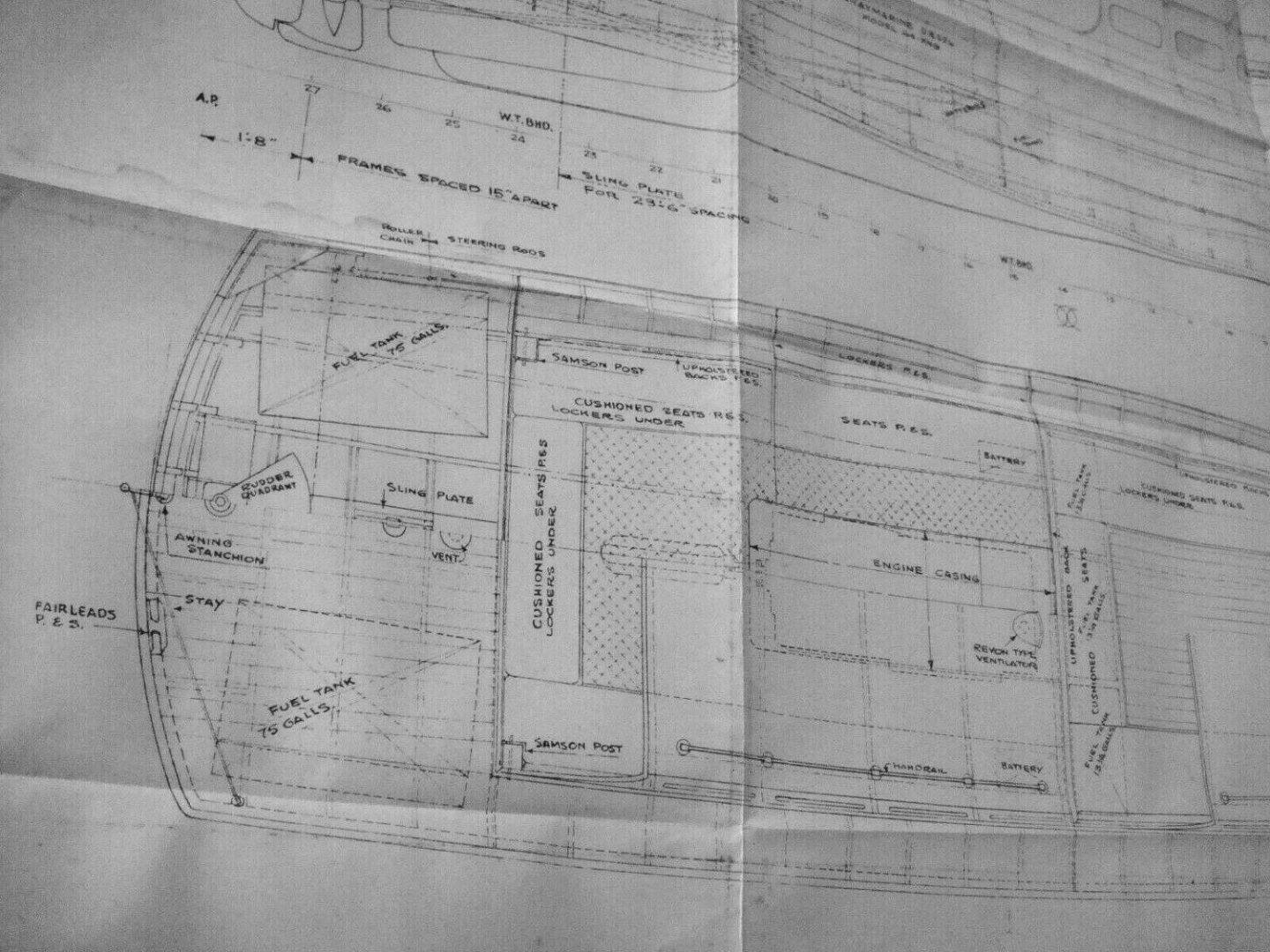
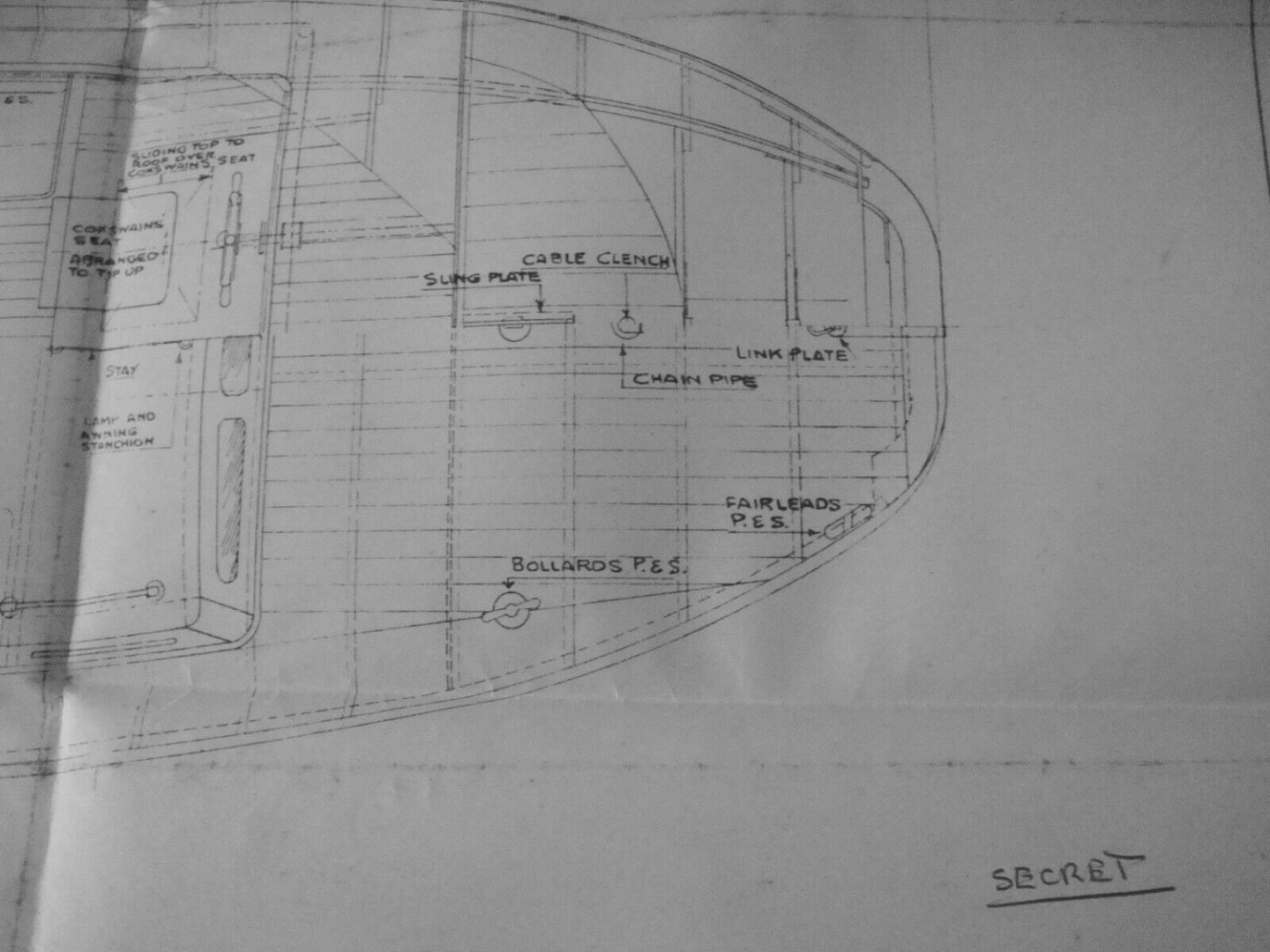
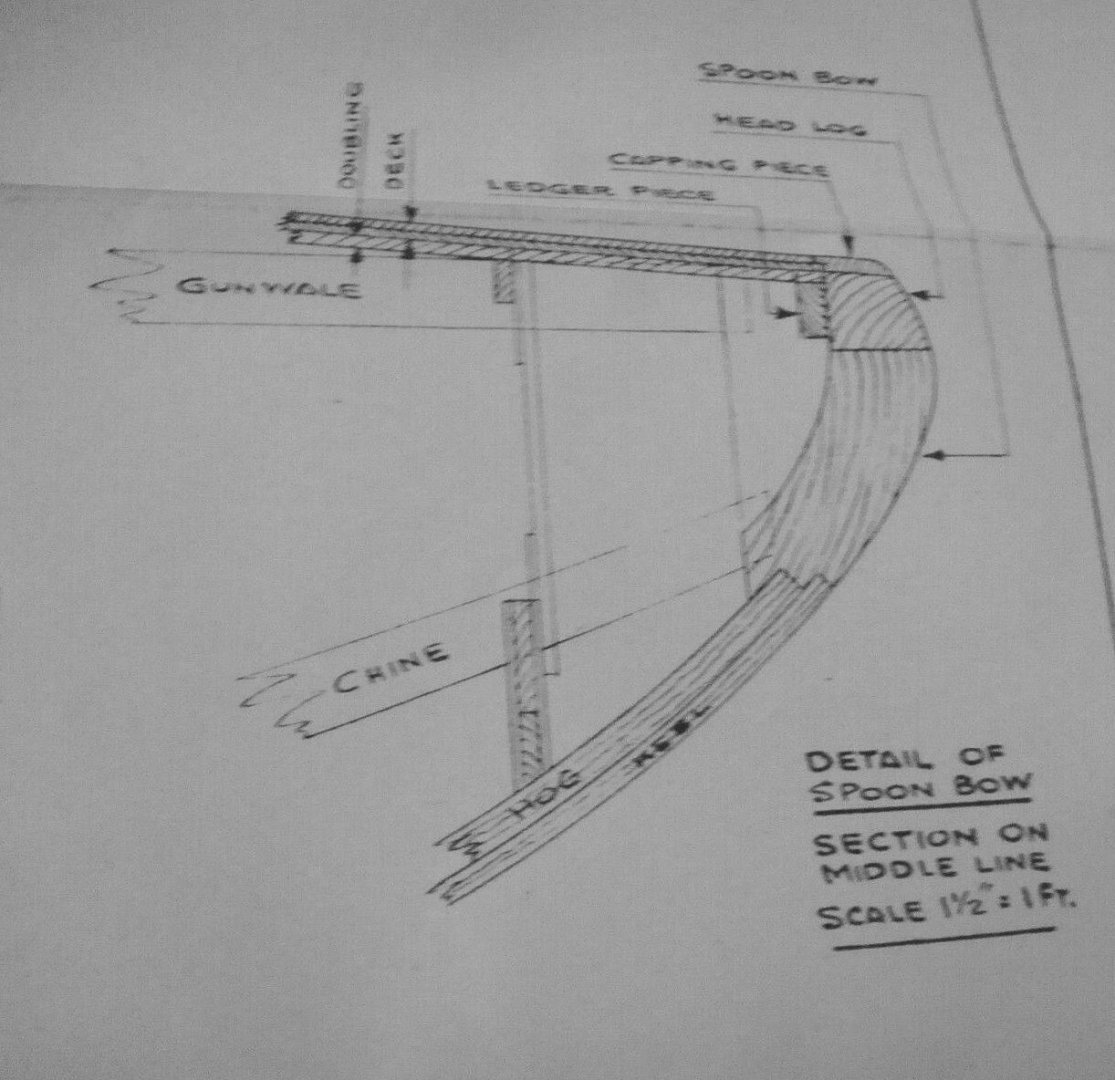
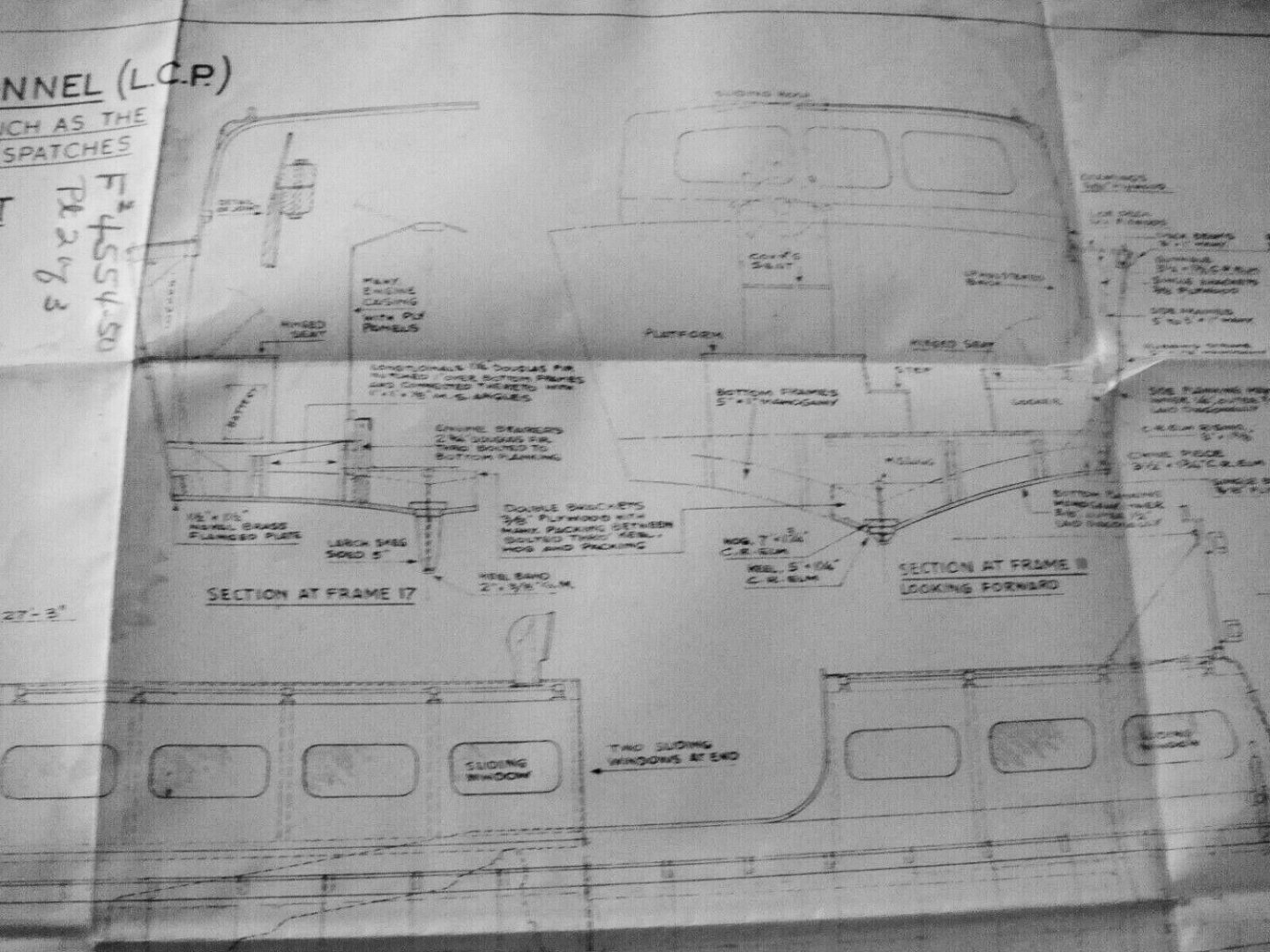
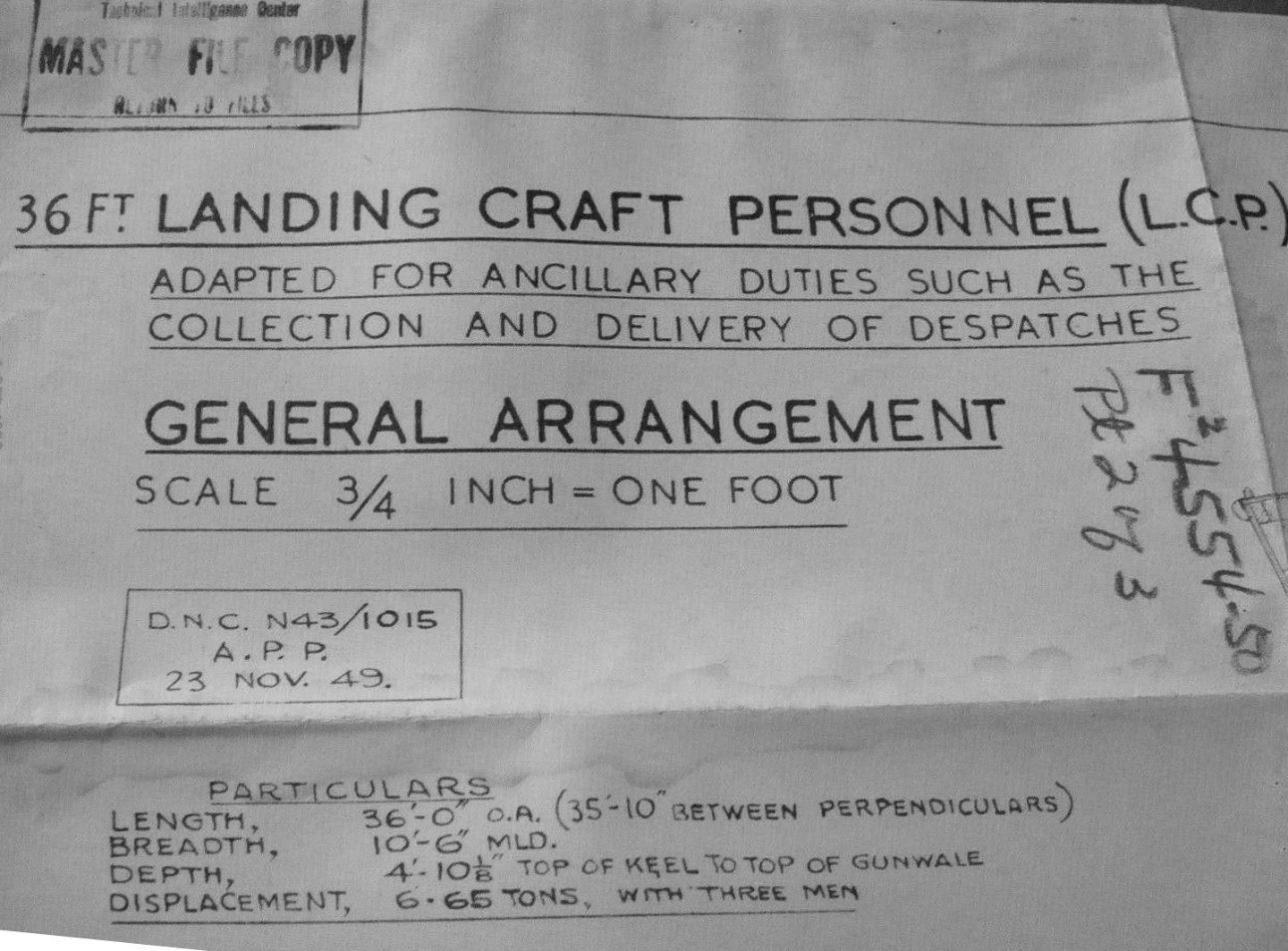

.thumb.jpg.92f38f0d13c7b795aab0f327a2b9f297.jpg)
.jpg.d081f15de48f8280f28e5be467d867e6.jpg)
.thumb.jpg.031fa31c9dc2697806cb79e9911b8d8b.jpg)

.thumb.jpg.db89d86ebac7650a7d6d1225ed4dd665.jpg)



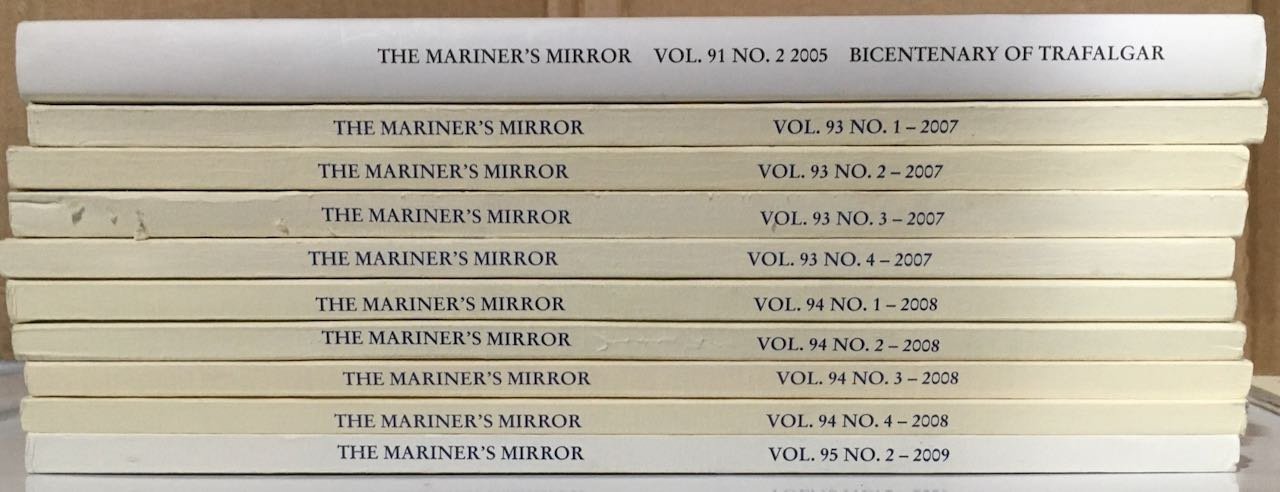
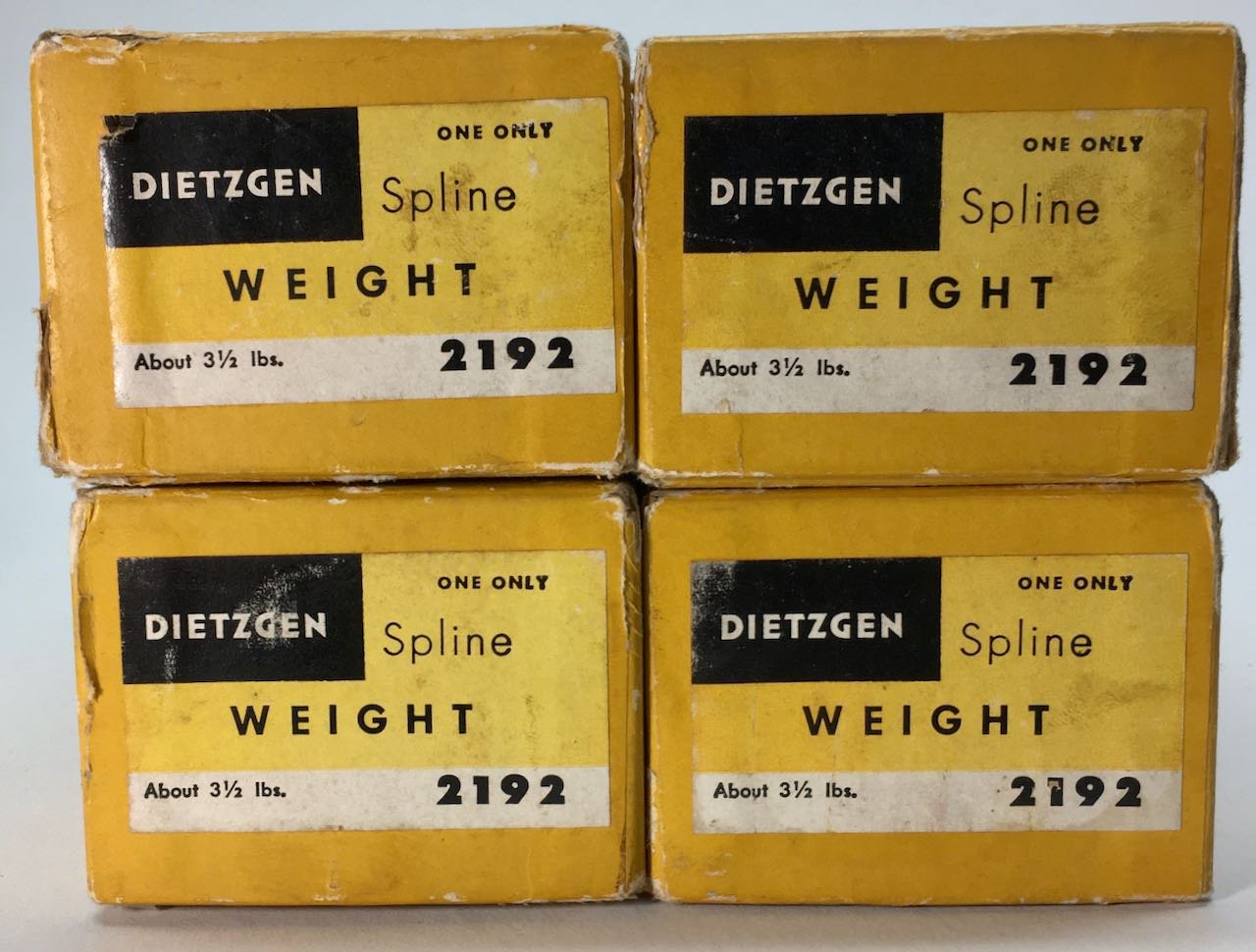


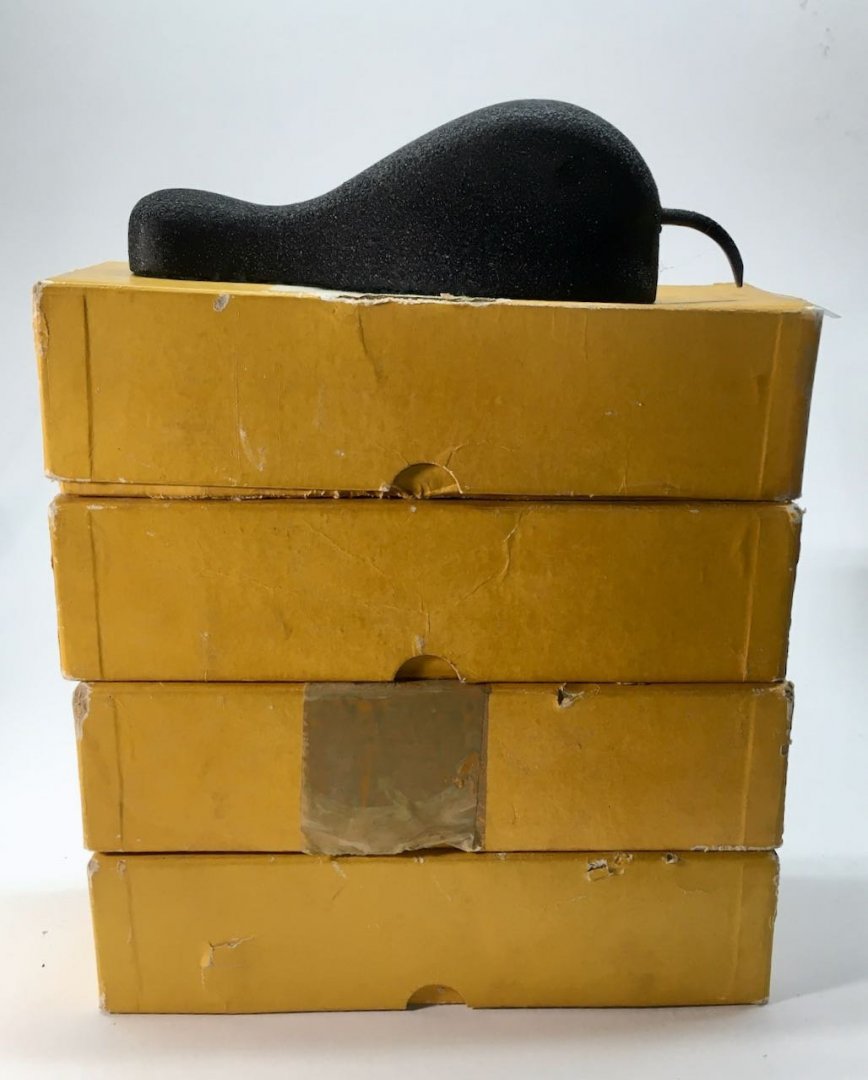
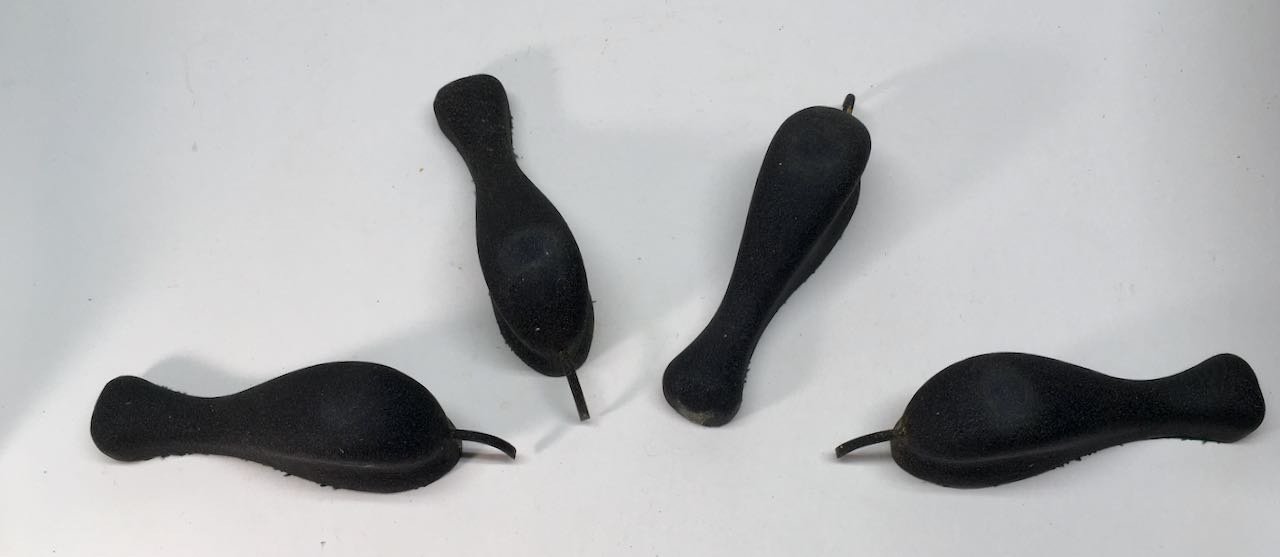
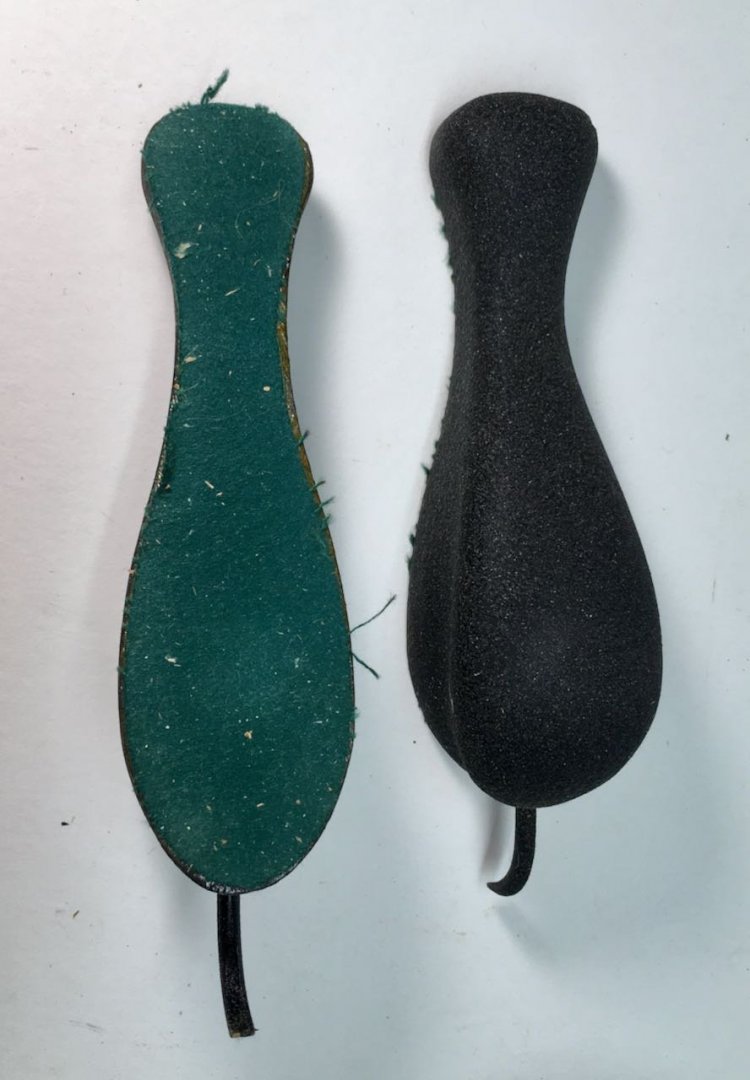

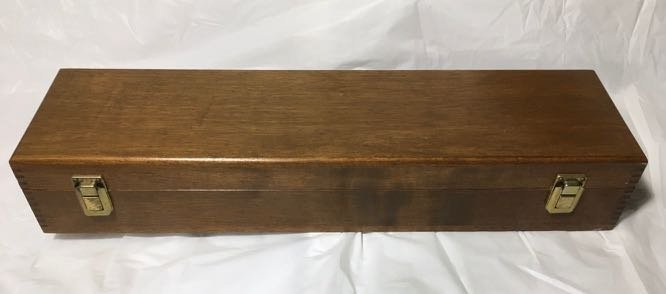
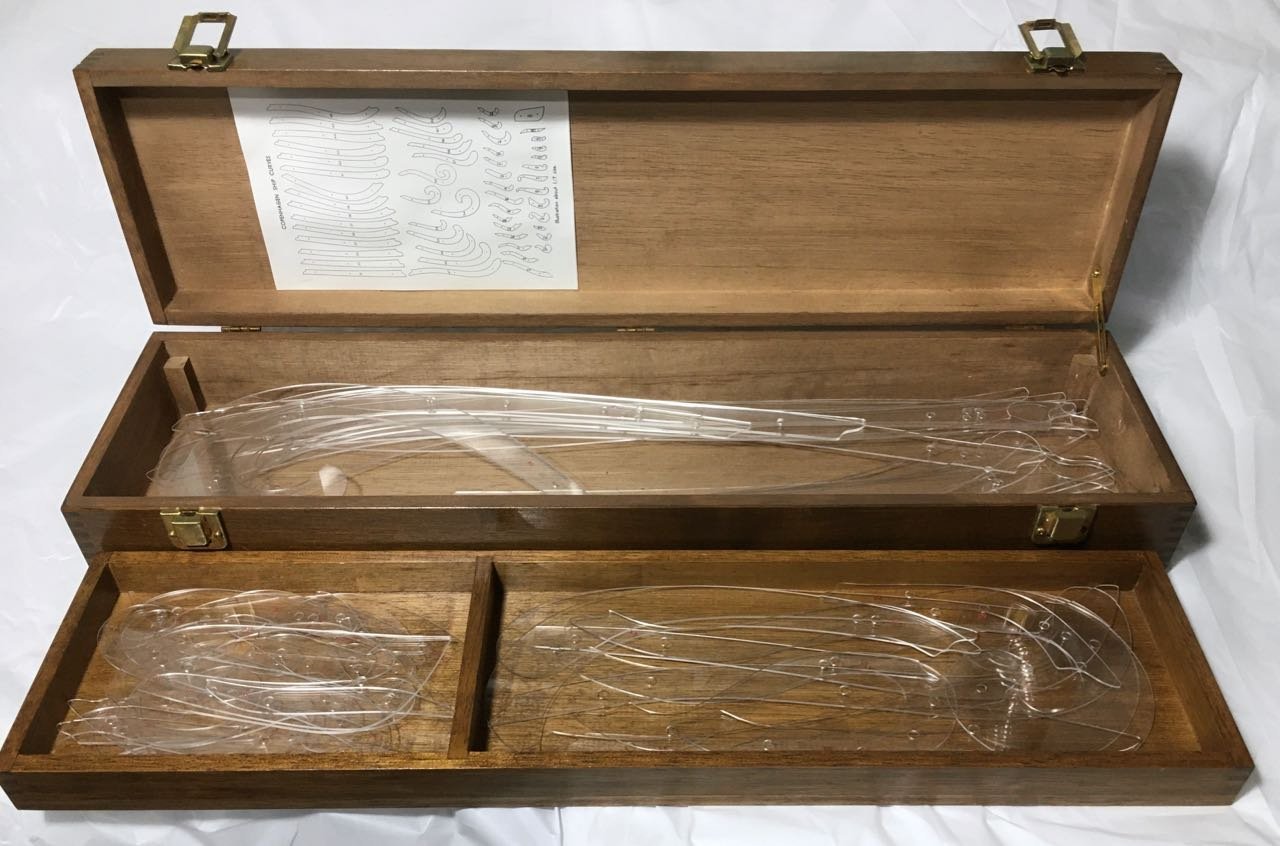
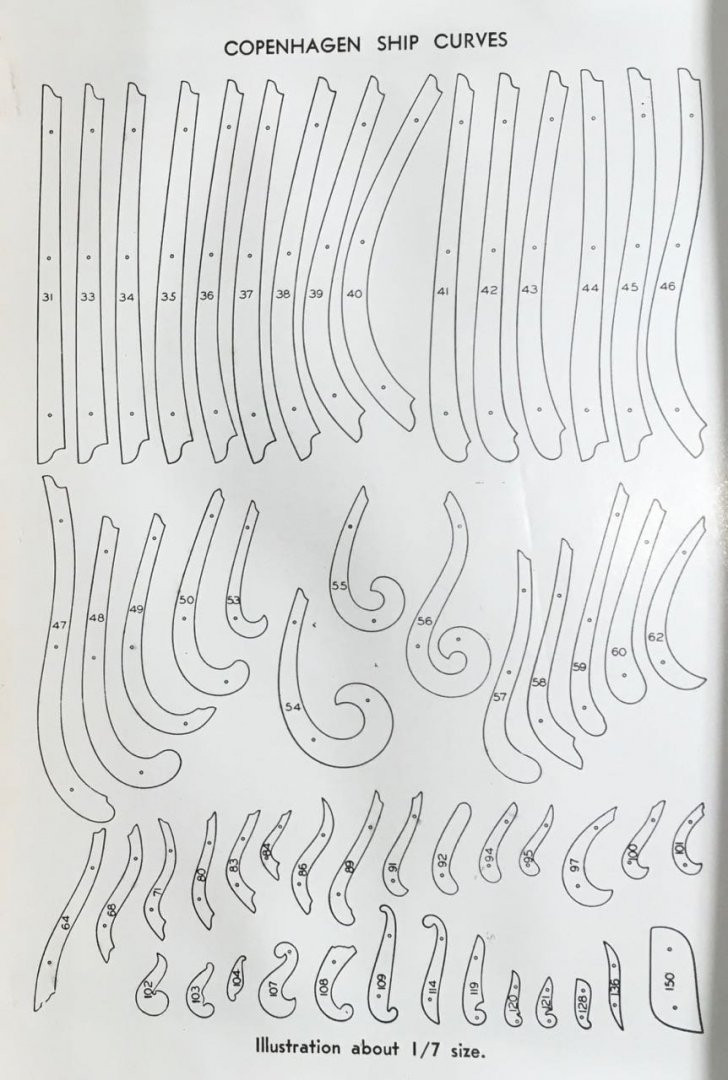
.jpg.596f2360e14795cab02b7ab8fec29889.jpg)
.thumb.jpg.e2beb01600cb39a8350405ebebf74ddb.jpg)

